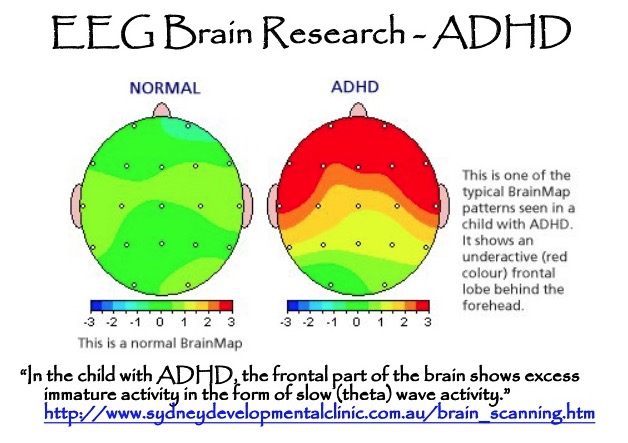

However, many people who outwardly appear to be coping well may find it difficult to convince a GP an assessment is necessary. To be assessed for ADHD, you’ll need a GP referral to a psychiatrist. This could mean disorganisation, inefficiency, difficulty with relationships at work or in the family, or depression or anxiety so severe it affects your ability to function. You should only consider a diagnosis of ADHD if you’re facing significant difficulties. If you suspect ADHD but are able to get on fine in life, you probably don’t need a diagnosis. Pexels/Andrea Piacquadio, CC BY If I suspect ADHD, what now? Only consider a diagnosis of ADHD if you’re facing significant difficulties in life. She may feel stigmatised by those who believe ADHD is being self-diagnosed in treatment-seeking adults who are over-influenced by social media.

They miss the depth and insight an adult can provide about their inner world and mind.Ī woman with no history of ADHD-related problems in childhood and no overt signs of restlessness or hyperactivity may have had her ADHD missed, particularly if she’s developed coping skills to seemingly stay on track. When applied to adults, these criteria still relate to behaviour seen from the outside by an observer. The diagnostic criteria – such as interrupting, fidgeting, not completing tasks, losing things, forgetting things – are derived from observations of children. Studies have identified ADHD in adults who didn’t show evidence of it when previously assessed in childhood.Īnd ADHD is generally assessed in adults as if it were a continuation of the childhood condition. Problematically, these criteria require that to be diagnosed with ADHD, an adult should have experienced difficulties before the age of 12. ADHD in adulthoodĪDHD is generally diagnosed according to the criteria of the American Psychiatric Association. However, not all adults with ADHD showed signs of it in childhood.

She may remember feeling bored in class and looking out the window instead of listening and concentrating. “Cassie’s” parents may recall hearing such comments from teachers. She is capable, but is frequently distracted and is not achieving her potential. Old school reports may give telling clues, such as:Ĭassie spends more time socialising than working.

This matters because women with ADHD have higher rates of depression, anxiety, eating and sleep disorders. Could ADHD be a factor?ĪDHD is often subtle in girls and women, who are less likely to show the disruptive hyperactive behaviour that draws attention to ADHD in men and boys. Successful treatment of co-existing ADHD may, for some, be the best way of getting relief from chronic anxiety. For these people, it could be worth investigating whether undiagnosed ADHD is a factor. Restlessness, fatigue, irritability and sleep problems are common.įor some, anxiety can be controlled through therapy, mindfulness techniques, a change in life or at work and/or medication.įor others, no amount of anxiety treatment seems to help. Generalised anxiety features symptoms such as frequent and excessive worry about different aspects of life (such as work, school and family). Anxiety tends to be more severe and persistent and with a younger age of onset in people with ADHD. On the other hand, a pattern of being late, missing deadlines and forgetting appointments due to ADHD may lead to anxiety and a sense of failure.Īnxiety and depression are both commonly associated with ADHD, particularly in women. Either can be associated with lack of motivation and difficulty focusing the attention.


 0 kommentar(er)
0 kommentar(er)
